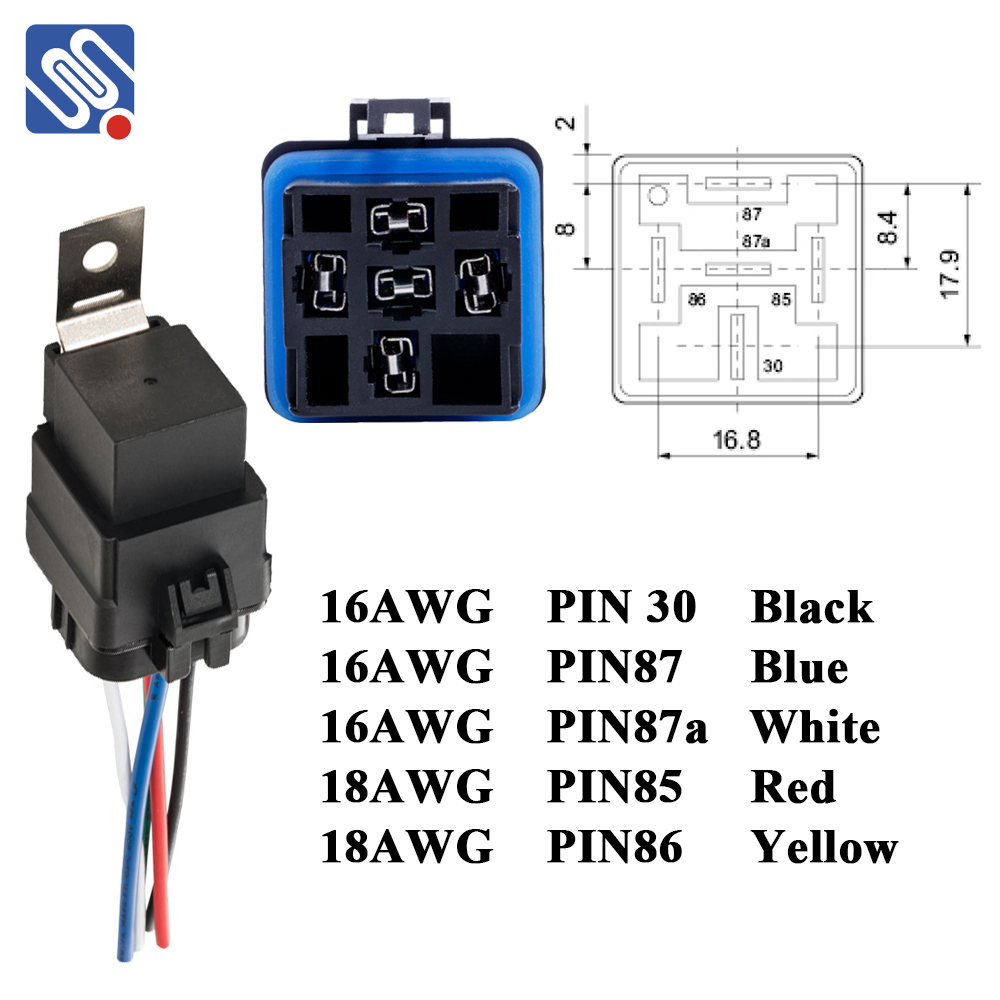Relay wiring plays a critical role in controlling electrical circuits, enabling the efficient operation of high-power systems through low-power control signals. This essential component in electrical systems allows operators to control large machines and devices with relatively small control signals, offering a safe and effective means of automation. Understanding relay wiring is crucial for engineers, electricians, and hobbyists, as it provides a foundation for building complex electrical systems. This article will explore the fundamentals of relay wiring, types of relays, how to wire them correctly, and common applications.

What is a Relay? A relay is an electrically operated switch that uses an electromagnet to open or close one or more sets of contacts in a circuit. When current passes through the coil, it generates a magnetic field that attracts a movable armature, which in turn opens or closes the contacts. Relays are often used to control a high-voltage or high-current circuit with a low-voltage control signal. Basic Components of a Relay The main components of a relay are: Coil: The coil is the electromagnet that generates a magnetic field when energized. The coil requires a control signal, typically low-voltage DC power, to activate the relay.
Leave a Reply